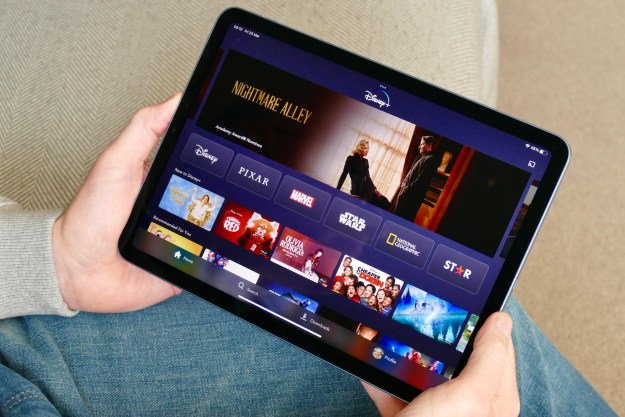
A group of four IBM researchers in India recently unveiled the first version of Usher, “an intelligent tour companion.” In their paper about Usher, the group says there are three advantages Usher has over its traditional audio guide counterparts when used in a museum or art gallery: its use of smartphone sensors yields superior user context, it offers a Q&A interface, and it tells patrons if their social media friends are nearby.
“The ability to seamlessly track user context to provide rich semantic information and the cognitive capability to answer contextual queries means that Usher can enhance the user experience in a museum by multitudes,” the researchers write.

Usher uses a smartphone’s accelerometer, gyroscope, and compass to determine a user’s current activity (walking, loitering, stationary) and where a user is looking, while Wi-Fi signals help to locate the user. This enables Usher to give contextual audio guidance (“On your left is the magnificent Mona Lisa”), but it also makes Usher ready to answer questions like “Who painted this?” without additional context.
When a user asks Usher a question via voice or typing, the user’s location and the question are relayed to a version of Watson. The paper says Usher’s understanding of where a user is standing helps users interact with it as they would with a human tour guide.
Usher, developed as an Android app for demo content, isn’t available to the public yet, but co-author Shubham Toshniwal says the intelligent tour companion has been received “pretty well” internally at IBM, according to MIT Technology Review. He foresees applications to other indoor spaces, including historical buildings and offices.
Toshniwal says indoor location tracking needs improvement, as Wi-Fi signals isn’t precise, according to MIT Technology Review. Apple’s iBeacon technology, which some museums are already using, may be one solution.
Editors' Recommendations
- Wimbledon tennis returns along with IBM’s A.I.-powered app
- IBM’s new battery may outperform lithium-ion, and it doesn’t use conflict minerals


